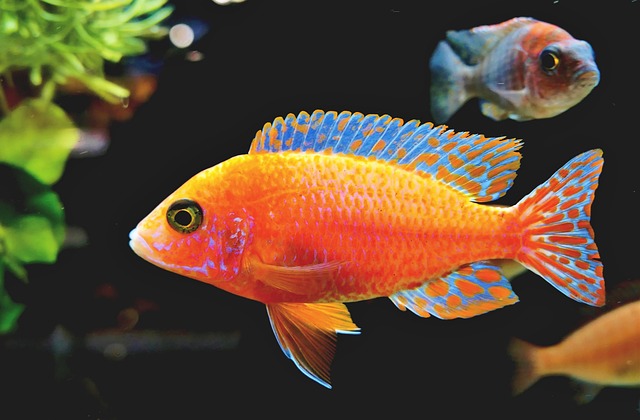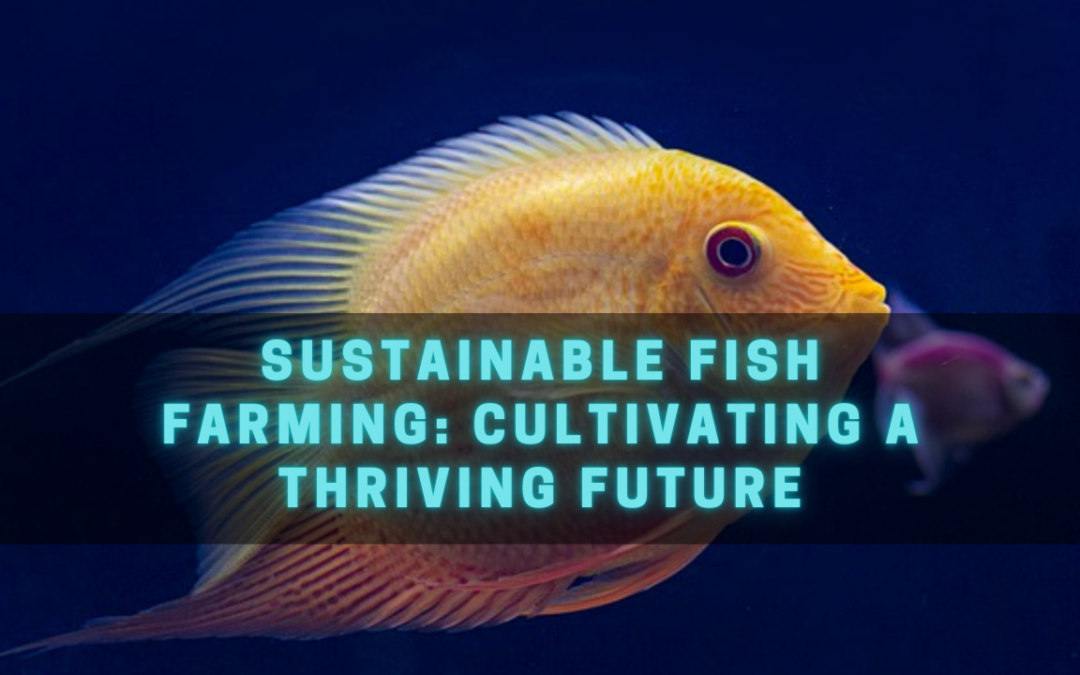Introduction:
The global demand for animal protein has been on the rise, presenting an opportunity and a challenge for the agriculture industry. In particular, fish farming, also known as aquaculture, has emerged as a vital player in meeting the world’s protein needs while preserving the delicate balance of marine ecosystems. To ensure a prosperous and eco-friendly future, fish farmers are increasingly adopting sustainable practices. In this article, we will explore three essential tips to make fish farming more sustainable and contribute to a thriving aquatic environment.
Embrace Modern Technologies:
Aquaculture is a relatively young industry compared to traditional livestock and crop farming. However, it has made significant strides in recent years through the integration of modern technologies. These innovations have enhanced productivity, improved disease control, and fostered low-impact production systems.
With advanced breeding techniques, farmers can cultivate robust and disease-resistant fish stocks, reducing the need for antibiotics and chemicals. Smart feeding technologies enable precise and efficient nutrition delivery, minimizing waste and environmental impact. Furthermore, eco-friendly production systems, such as recirculating aquaculture systems (RAS), use water efficiently, reducing freshwater consumption and the release of pollutants.
By adopting these modern technologies, fish farmers can boost productivity while minimizing their ecological footprint, making fish farming more sustainable and environmentally responsible.
Focus Beyond Individual Farms:
Sustainable fish farming goes beyond the borders of individual farms. In regions with numerous fish farms in close proximity, the cumulative environmental impact can be significant. Problems such as the spread of fish diseases and water pollution can arise.
To address these challenges, spatial planning and zoning play a crucial role. By carefully designing farm locations and monitoring environmental factors, farmers can ensure that operations stay within the carrying capacity of the surrounding ecosystem. Collaborative efforts between fish farmers, local communities, and regulatory bodies are essential to create effective and sustainable aquaculture practices.

Choose Native Species Wisely:
Selecting the right species for fish farming is a key consideration in ensuring sustainability. Introducing non-native or invasive species can have disastrous consequences, as they may outcompete or disrupt native species, resulting in imbalances within the ecosystem.
Opting for locally adapted and native species ensures better acclimatization to the environment, improved resistance to diseases, and enhanced overall performance. Additionally, farmers cultivating locally preferred species can tap into higher demand, fostering economic and environmental sustainability.
Conclusion:
As the world’s population continues to grow, the importance of sustainable fish farming becomes increasingly evident. Embracing modern technologies, focusing on collective environmental impact, and choosing native species are essential practices for cultivating a thriving future.
By prioritizing sustainability in fish farming, we can nourish our communities, protect marine biodiversity, and create a harmonious balance between our nutritional needs and the natural world.
Take the Dive into Sustainable Fish Farming!
Ready to contribute to a thriving future for fish farming and our planet? Embrace modern technologies, prioritize sustainability beyond individual farms, and choose native species wisely. Join the sustainable fish farming movement and make a splash in preserving marine ecosystems while meeting global protein needs.
Visit EAT Community to explore more on sustainable fish farming and connect with expert fish farmers. Together, let’s create a harmonious balance between our nutritional needs and the natural world, ensuring a prosperous and eco-friendly future for aquaculture.
Together, let’s make a splash in sustainable fish farming and create a healthier planet for generations to come!



